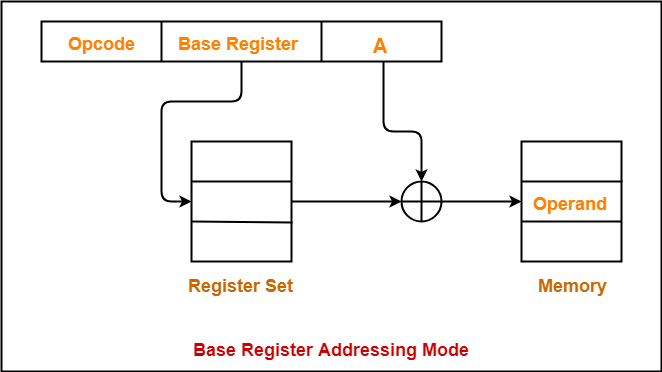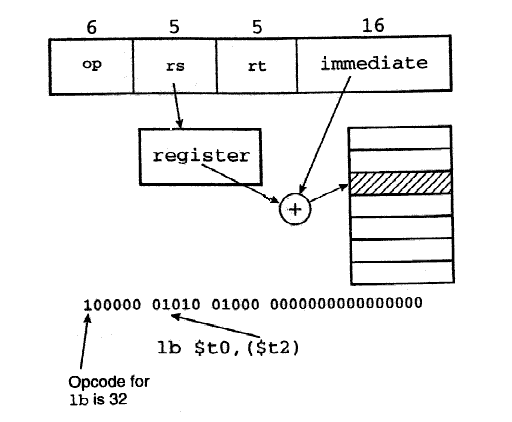Base Displacement Addressing
Base Index Displacement. A base address stored in a specified base register.
See the instruction format for an SS instruction.

. Go to the address result and get the value. Base register addressing mode. Base register is not updated LDRSTR offset Examples.
This type of addressing mode is. Based indexed displacement mode In this type of addressing mode the effective address is the sum of index register base register and displacement. Base Index.
Displacement addressing mode In this addressing mode effective address is given with the combination of address part and register. Base register addressing mode is used to implement inter segment transfer of control. The base plus index addressing mode is the extension of the register indirect addressing mode that indirectly addresses the memory data.
Up to 5 cash back Despite the fact that this addressing mode is often referred to as scaleindexbase omitting the displacement part we are not forced to make use of all of its. In general only registers 3 through 12 should be used as base registers. A register contained 32 bits so you.
At runtime the hardware adds the address of the current first byte of the program base address to each displacement address and derives an absolute address for execution. Base Index with Displacement Addressing Mode In this mode a base register an index register and a displacement a number or offset value are combined to generate an. Absolute Addressing short or long Modes 70 and 71 Absolute Short absolute address restricted to 16 bits but is sign extended to 32 bits at run time 0011 000 111 000 Displacement.
Base Displacement Addressing Mode 1. Effective Address Address part Register. Base scaled index signed displacement resulting in a virtual address 1.
This basedisplacement address BDDD in hexadecimal occupies two bytes in the assembled code as evidenced in the instruction formats. 4 bits to specify a register and 12 bits to specify the displacement. Base register displacement lets you specify an address in 16 bits.
LDRSTR r1 r2 4. Base Index Scale Index Scale Displacement. A displacement specifying the positive offset in bytes.
This is a much. In this mode effective address is obtained by. And yes your address calculation is correct.
Address of operand two can be from 0 to 524287 bytes in front of base address for the corresponding base register or from 1 to 524288 bytes behind that location.
Instruction Operand Addressing On X86

Difference Between Pc Relative And Base Register Addressing Modes Geeksforgeeks

Difference Between Pc Relative And Base Register Addressing Modes Geeksforgeeks

Addressing Modes Types Of Addressing Modes Gate Vidyalay


0 Response to "Base Displacement Addressing"
Post a Comment